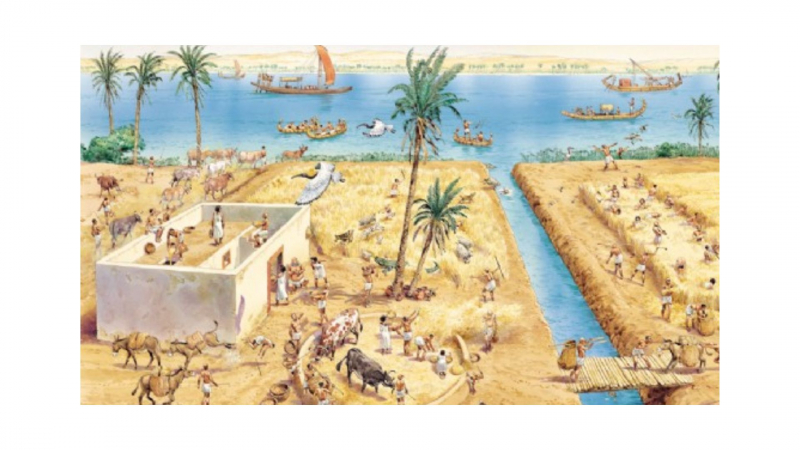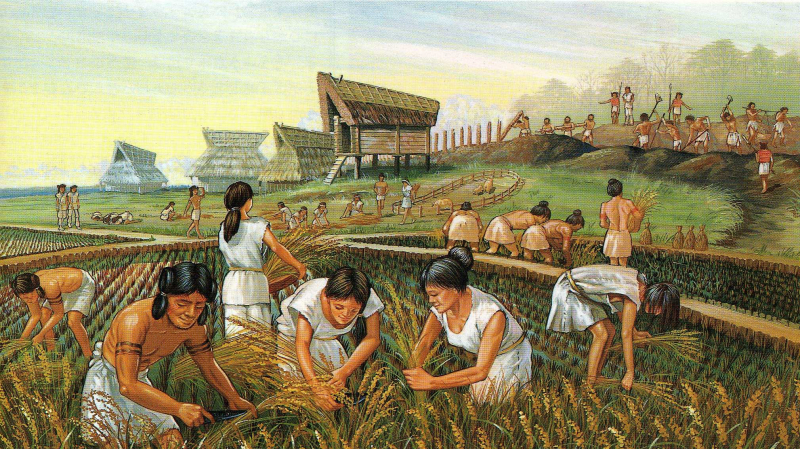Agriculture
Most nations base their economies primarily on agriculture, and the output of that industry dictates a nation's development. The populace is fed by agriculture, which also offers job opportunities. The plow is a crucial piece of agricultural equipment used to prepare the soil for seeding. A stone hoe, invented by the Babylonians to turn the soil, was the earliest type of plow. In the plains of Babylonia, the land quickly dried up, prompting the development of the stone plow to prepare the ground. Crops including emmer, wheat, and barley were grown by the Babylonians, and clothing made of flax was common at the time. The Babylonians built canals and irrigation ditches to control the flow of water used to irrigate their crops, which, combined with the invention of the plow, paved the way for a new period of agricultural innovation.
Barley, dates, wheat, lentils, peas, beans, olives, pomegranates, grapes, and vegetables were among the principal crops in Babylonia. In the royal grounds, pistachio trees were grown. Farmers relied on flooding caused by the Tigris and Euphrates Rivers to provide water for their crops because Mesopotamia had a dry climate with little rainfall. The soil was rich because of the silt that the floodwaters left behind. Wheat and barley were the two most significant crops in Mesopotamia, including Babylonia. Dates, grapes, figs, melons, and apples were also grown by farmers. Favorite vegetables were lettuce, sesame seeds, beans, radishes, onions, and eggplants.












